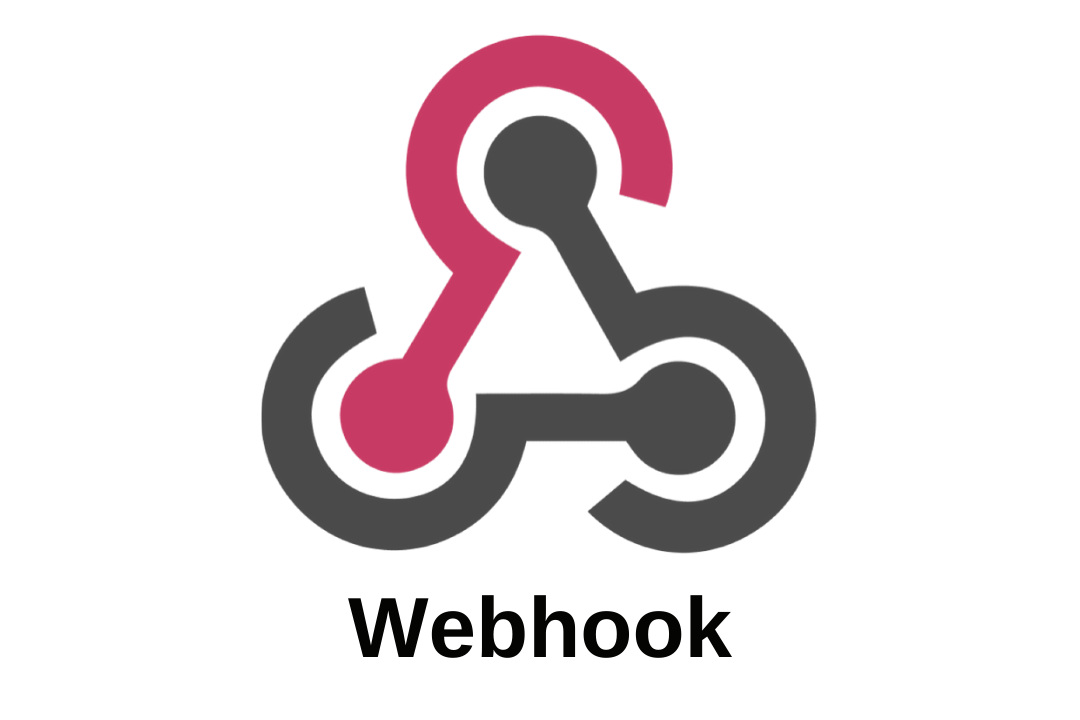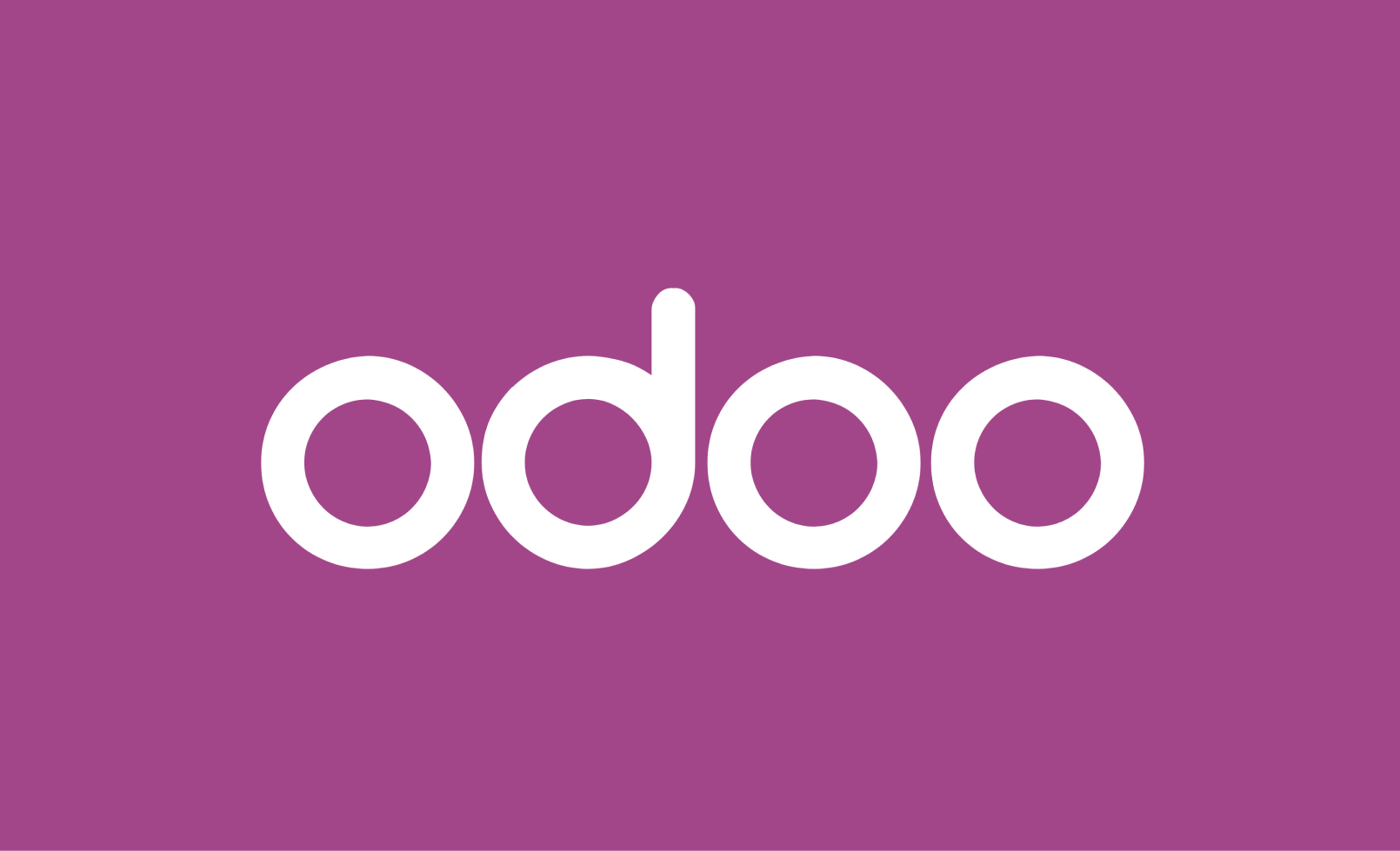
In the world of APIs, automation, and modern web applications, the term “webhook” often comes up. But what exactly is a webhook, and how does it work? If you’re new to this concept, don’t worry—this guide will break it down in the simplest terms, showing you what webhooks are, how they function, and how they can make your applications more powerful and efficient.
What is a Webhook?
A webhook is a method that allows one application to send real-time data or notifications to another application. It’s like setting up an alert that triggers whenever a specific event occurs. For example, let’s say you’re using an e-commerce platform. You could set up a webhook to notify your inventory system each time a new order is placed.
Instead of constantly checking for updates, webhooks allow your applications to “talk” to each other automatically. Whenever a particular event happens, the application with the webhook will send a data “payload” to a specified URL of another application.
Why Are Webhooks Useful?
Webhooks make your applications more efficient by:
- Saving Time and Resources: Instead of constantly polling for updates, webhooks let you receive real-time updates only when something important happens.
- Automating Workflows: Webhooks allow you to automate processes and integrate different systems seamlessly.
- Reducing Load: Since data is sent only when specific events occur, webhooks reduce unnecessary network traffic and server load.
In short, webhooks save time, resources, and help connect multiple apps in a smart and automated way.
How Does a Webhook Work?
- Event Trigger: First, something happens that you want to monitor—this could be a new user registration, a completed order, or any other event in your app.
- Sending a Payload: When the event occurs, a message (or payload) is sent by the app where the event took place. This message usually contains data relevant to the event, such as user details or order information.
- Receiving URL: The payload is sent to a specific URL (known as the “webhook endpoint”) of another application.
- Processing the Data: The receiving application processes this data to perform the desired action—such as updating an inventory, sending a notification, or starting a new task.
Real-Life Example of Webhooks
Let’s go through a real-life example to make this more concrete. Suppose you run an online store, and you want to keep your customers informed about their orders.
- Set up the Webhook: You can configure a webhook on your store’s platform to trigger whenever an order is placed.
- Define the Endpoint: You provide a URL on your notification system where the data should be sent.
- Event Triggered: A customer places an order on your site.
- Data Sent: The store’s system sends a payload with order details (e.g., order number, items, customer’s email) to the notification system’s URL.
- Notification Sent: The notification system receives the payload, reads the order details, and automatically sends an email to the customer with their order information.
This entire process takes place without anyone manually sending data or updating systems—everything happens automatically!
Webhooks vs. APIs: What’s the Difference?
It’s easy to confuse webhooks and APIs (Application Programming Interfaces), but there are key differences.
- Webhooks are event-based. They send data only when an event occurs.
- APIs are request-based. They require one application to request information from another, usually at regular intervals.
With APIs, your system would constantly need to check if a new order has been placed, even if nothing has changed. Webhooks, on the other hand, only send data when there’s something new to report.
How to Set Up a Webhook (In Simple Steps)
Setting up a webhook depends on the application you’re using, but here’s a basic outline:
- Identify the Event: Decide which event(s) should trigger the webhook. This might be “order created,” “payment received,” or “user signed up.”
- Get the Endpoint URL: You’ll need a URL where the webhook payload will be sent. This could be a URL you created or one provided by another app that’s listening for the webhook.
- Configure the Webhook: In your application’s settings (most platforms have a webhook section), define the event and the endpoint URL.
- Test the Webhook: It’s essential to test that your webhook is working as expected. Many platforms let you send sample data to your endpoint URL so you can verify the setup.
Example of a Webhook Payload
A webhook payload is the data sent to the receiving URL. It’s usually in JSON format and might look like this:
jsonCopy code{
"order_id": "1234",
"customer_name": "Jane Doe",
"email": "jane@example.com",
"total_price": 99.99,
"items": [
{
"product_id": "5678",
"product_name": "Red T-Shirt",
"quantity": 1
}
]
}
The payload content depends on the application and event, but it usually includes relevant details about the event.
Webhook Security: Keeping Your Data Safe
Since webhooks involve sending data to a URL, security is crucial. Here are a few ways to secure your webhooks:
- Use Secret Keys: Some platforms allow you to include a secret key with your payload. This key lets the receiving server confirm that the data came from a trusted source.
- Verify SSL/TLS: Only use webhooks over HTTPS to ensure data is encrypted during transmission.
- IP Whitelisting: Only accept requests from trusted IPs or domains to prevent unwanted access.
Common Uses for Webhooks
Webhooks are versatile and can be used in many ways, including:
- E-commerce: Notify systems when a new order is placed or when payment is confirmed.
- Marketing: Trigger actions in marketing automation software, such as adding a user to a mailing list when they sign up.
- Social Media: Get real-time updates on social media activity, like comments, likes, or mentions.
- Project Management: Update tasks or add comments in project management tools when certain actions occur.
Final Thoughts
Webhooks are a powerful and efficient way for applications to share information instantly without constant requests. For beginners, understanding webhooks opens up a world of possibilities for automation and integration. Whether you’re a developer or just tech-savvy, webhooks are a valuable tool to connect the different systems you rely on every day.
Ready to dive in? Check your favorite apps to see if they support webhooks and start automating today!



